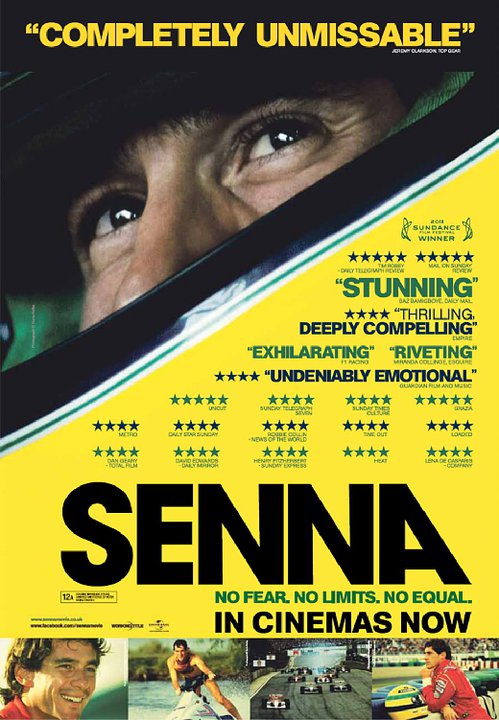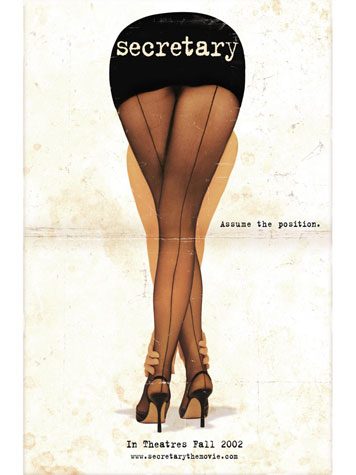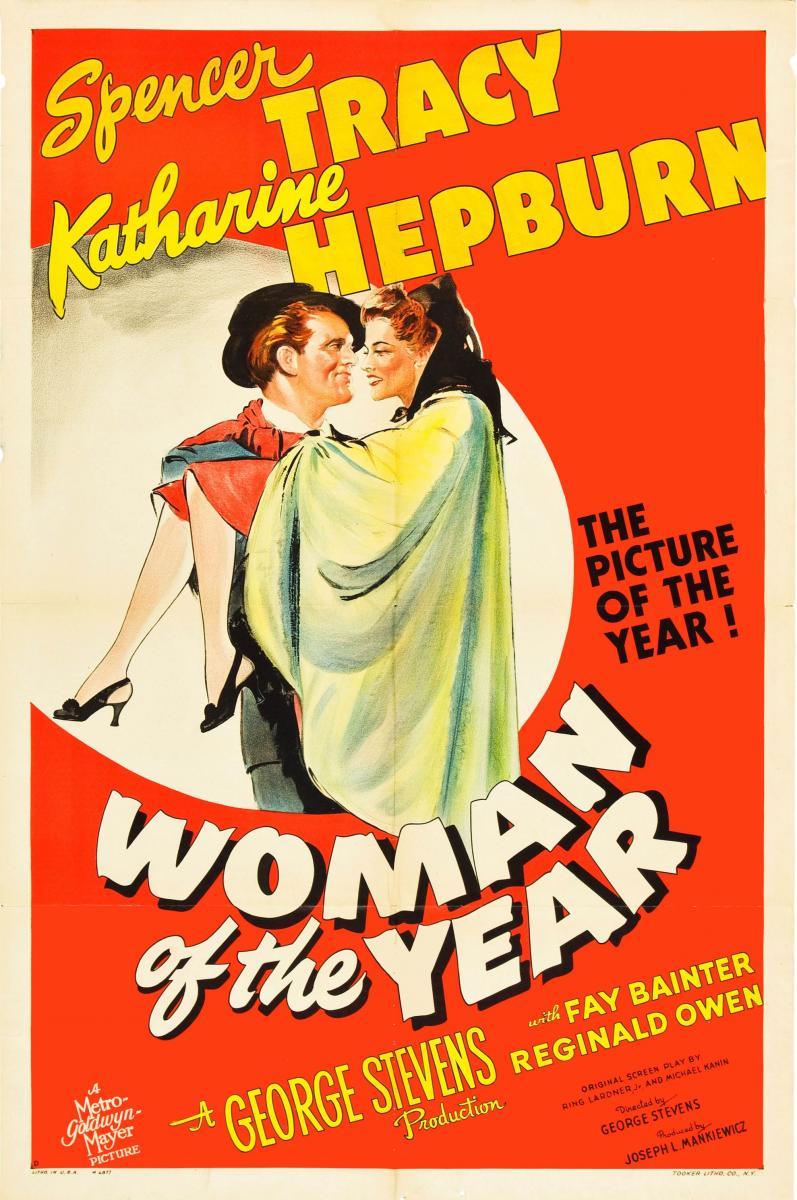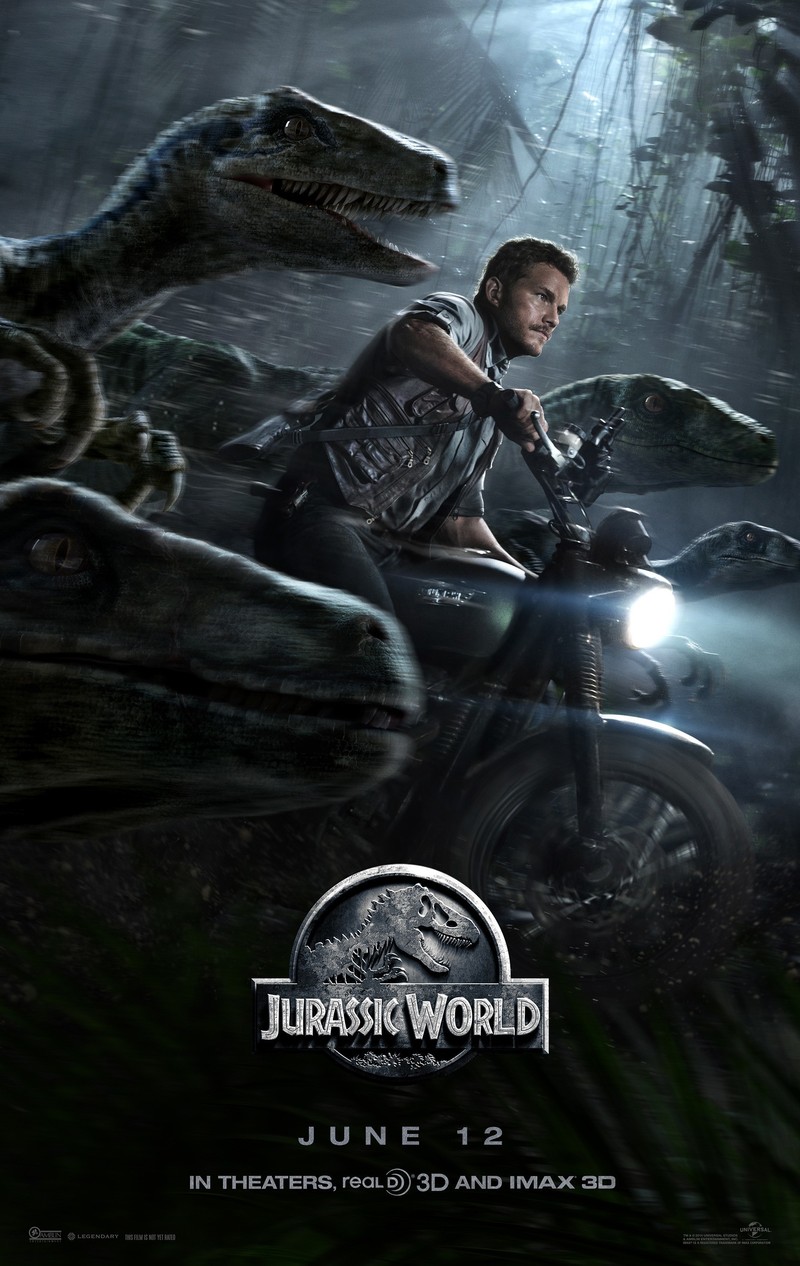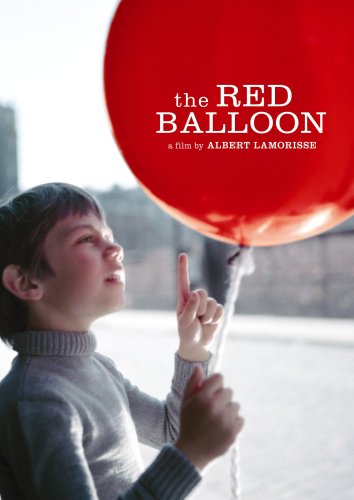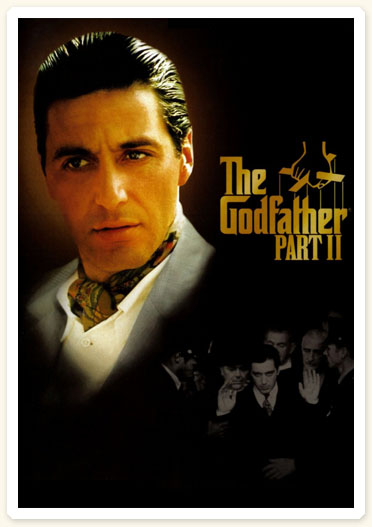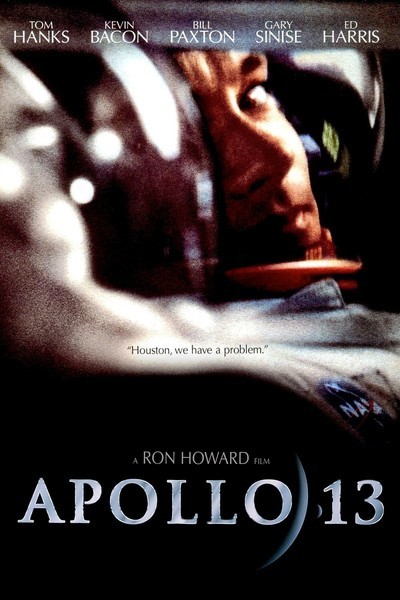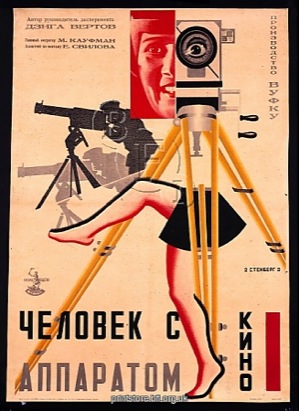
Director: Woody Allen
This is the film that 'Our Cate' (as Blanchett is affectionately known in Australia) won the Academy Award for Best Actress, and in her speech famously told Hollywood to make more female-driven films. After seeing the film I can understand why she won the award: I have seen three of the other nominees from that year (Amy Adams in American Hustle; Sandra Bullock in Gravity; and Judi Dench in Philomena), and Blanchett's performance does stand out.
Her character is certainly a person who wants to be noticed and listened to: like the woman on the plane at the film's beginning, Jasmine draws the audience into her world. Of the four performances of that year nominated, I would say Blanchett goes the furthest with her character: superficially, she looks utterly dreadful at times, a fact remarkable because of how rare it is to see an actress be blotchy, worn and tired. Blanchett also shows us the subtext of Jasmine's thoughts as she tries to make a change in her life. Her upper-class New York accent sounds near-perfect (though this is coming from a biased Australian). For me, it is one of Blanchett's best film performances.
At the centre of this film is a fraught sibling relationship between Blanchett's Jasmine and Hawkins' Ginger. Jasmine simply expects to be taken care of, and to dish out unwanted advice (and judgment), while Ginger defends her sister to others, and finds herself listening to Jasmine's advice. Blanchett and Hawkins are very good together as this mis-matched pair of sisters.
This is not one of Allen's greatest films, but it has some top-notch acting from its cast. The non-linear structure provides some intrigue and tension in the story, but the real pleasure is watching Blanchett's Jasmine's complete breakdown.
